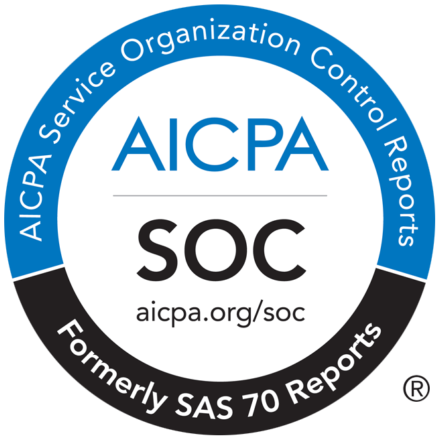Did you know that it’s plagiarism to use the same essay twice?
Self-plagiarism is one of the most common types of academic misconduct. It’s fairly understandable because it seems like you should be able to reuse your own paper. But by nearly all academic (and sometimes professional) standards, submitting a paper twice is plagiarism.
Because this is confusing, let’s take some time to look at what self-plagiarism is, and why it can get you into a lot of trouble.
What is self-plagiarism?
Self-plagiarism is defined as submitting a paper written for one purpose as the fulfillment of a different assignment. Mirriam Webster defines it even more specifically: “ the reuse of one’s own words, ideas, or artistic expression (as in an essay) from preexisting material, especially without acknowledgment of their earlier use.”
Self-plagiarism can occur in any kind of writing but is most common in scholarly writing for classes or publication. It can also occur in professional writing ranging from business documents to work-for-hire writing (like blogs, for example). In each of these cases turning in an old paper is plagiarism, but the reasons are slightly different.
Why is it plagiarism if you use your own work twice?
It seems tempting to ignore or discount self-plagiarism as a less-significant form of misconduct. Some even wave it off altogether because reusing your previous work does no material harm to another writer like other forms of plagiarism do.
So why, exactly, is reusing a paper plagiarism? As we said above, the answer is slightly different for different types of writing.
In academic settings
For students in high schools or colleges/universities, plagiarism policies are put in place to ensure both academic integrity and the intended learning outcomes for writing assignments. In high school, writing assignments are designed to teach a particular set of skills that students will need in the future, whether that’s in college or in the workforce.
In colleges and universities, writing assignments are designed to accomplish any number of things
- Teach academic writing processes
- Teach research skills
- Simulate real-world tasks
- Prepare students for graduate study or professional work
- Assess learning
- Meet designated curricular goals
This is why professors generally specify that a paper for a course must be original work. The assignment must meet the intended goals.
When students reuse portions of previous papers, they are not creating original work. Submitting the same paper in two different classes, reusing an original paper for one course in another, means that you have not met the guidelines in at least one of those courses.
Sometimes professors safeguard against this form of plagiarism by creating very specific paper prompts that would not likely be useful for any other course, and that allow them to easily assess if a student has submitted an assignment from another course. Some professors will change the prompt each semester, in case a student has to retake the class or has sold their work to a writing service.
Even so, it is not uncommon for students to reuse their work in another class. And due to the growing use of plagiarism checking software, it’s easier than ever to catch.
In published work
For those who are publishing their work, self-plagiarism may cause even more significant problems. If an author submits writing that recycles their previously published work, without citing that work as a source, they have most likely violated copyright laws.
When writing is published, the words and ideas generally become the property of the publisher. A close look at a publication contract for a book or academic journal will reveal that the author no longer owns the words or ideas outright. Or, as American Journal Experts puts it:
While you are still the intellectual owner of the ideas and results, the publication is property of the journal. As such, reuse of that material without citation and/or permission is not acceptable. While this is counterintuitive, in the eyes of the law, reusing your own words is copyright infringement, even if you wrote them.
What this often means for seasoned academics is that they will need to cite their own work just like all others when citing sources. While this can make for some verbal gymnastics, it’s the only way to effectively avoid self-plagiarism.
In professional writing
Outside of academia, it’s still plagiarism to use the same essay twice in many cases. This may be particularly true if you work in an industry where writing is part of your job regularly. Legally, reusing a piece of writing may be a contract violation.
Let’s say, for example, that you work in marketing. If you are asked to create a blog post for an employer or a client, then generally the completed blog post doesn’t belong to you.
This is called “work-for-hire.” You were paid to create the blog, and the employer has purchased all rights to the work. If you use that same blog, or part of it, for someone else, you have stolen the property of the organization that has paid for it.
This can also be true for those writing reports, grant proposals, and even computer code.
How do I avoid self-plagiarism?
The good news is that self-plagiarism is fairly easy to avoid.
Here are 3 ways:
- Do original work: If you don’t reuse your own papers, it’s not plagiarism.
- Cite your sources: If you use material from previous work, cite the previous work just like you would cite any other source.
- Use a plagiarism checker: software like Copyleaks’ Plagiarism Checker can help you to catch even inadvertent reuse of your own ideas and words, and to catch it before it becomes a problem.
In short, it is plagiarism to use the same essay twice. Copyleaks can help keep you safe!

